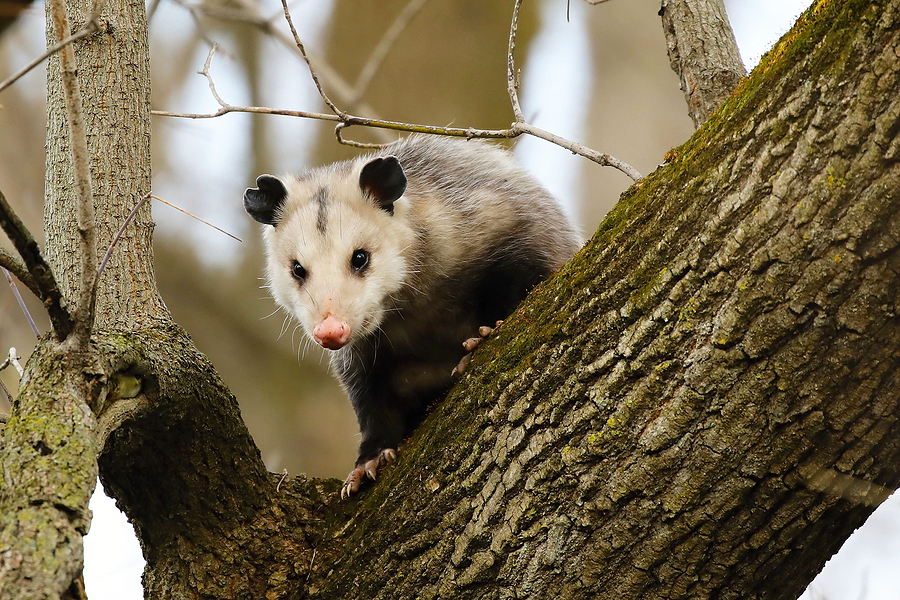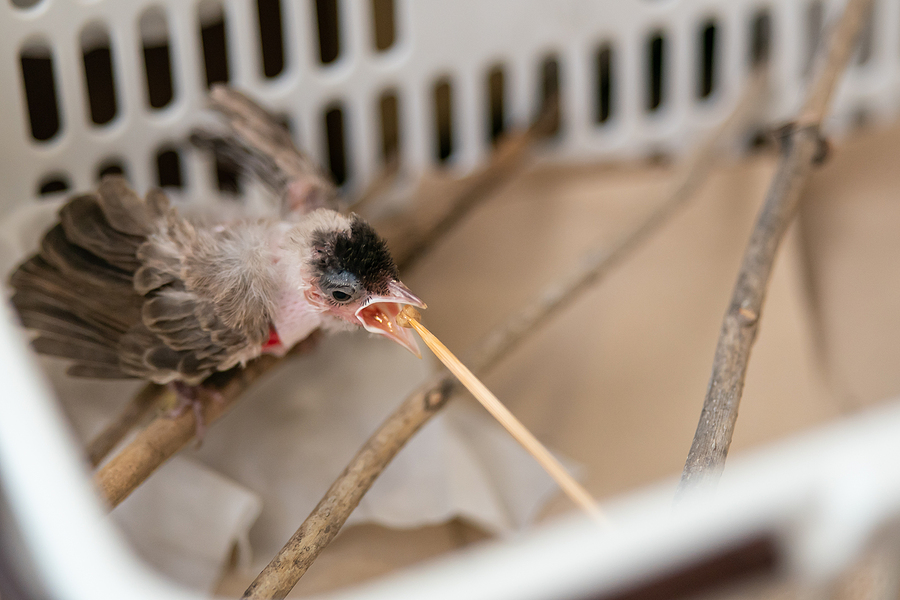July 24th is National Tequila Day! 🥃🍹✨
Raising a glass of tequila feels like a celebration of Mexican heritage and craftsmanship, but there’s an unlikely hero behind every sip you take. While bartenders mix perfect margaritas and distillers perfect their aging processes, tiny winged creatures work tirelessly through desert nights to make tequila production possible.
National Tequila Day arrives each July 24th, giving tequila enthusiasts worldwide a reason to celebrate this beloved spirit. Yet most people don’t realize that without bats, there would be no tequila to toast. These remarkable mammals play an essential role in creating the very foundation of every bottle—the blue agave plant.
Understanding this connection between bats and your favorite spirit reveals a fascinating ecosystem that deserves both appreciation and protection. From the pollination process that creates genetic diversity in agave plants to the conservation efforts that ensure sustainable tequila production, bats contribute far more to our world than most people realize.

The Foundation of Every Bottle: Tequila’s Agave Connection
Agave tequilana
Authentic tequila begins with the blue agave plant, scientifically known as Agave tequilana. This desert succulent grows primarily in the volcanic soils of Jalisco, Mexico, and a few other designated regions. Unlike many spirits that can be produced from various ingredients, true tequila must contain at least 51% blue agave, with premium varieties made from 100% agave.
Maturation Time
The blue agave plant requires patience—it takes between eight to twelve years to mature before harvest. During this lengthy growing period, the plant develops a massive heart called a piña, which can weigh anywhere from 80 to 200 pounds. These piñas contain the sugars that will eventually ferment into the alcohol we know as tequila.
Genetic Variation
But here’s where the story becomes remarkable: without proper pollination, agave plants cannot maintain the genetic diversity necessary for healthy populations. Most commercial agave plants are clones, propagated from shoots of parent plants. This cloning process creates vulnerability to diseases and environmental changes. Natural pollination by bats introduces genetic variation that strengthens the entire agave population.
The Night Shift: How Bats Keep Tequila Flowing
Every night across the agave fields of Mexico, two remarkable bat species perform an ecological service worth billions of dollars. The lesser long-nosed bat and the Mexican long-tongued bat are the primary pollinators of agave plants, working exclusively during nighttime hours when agave flowers bloom.
Specialized Pollinators
These bats have evolved specifically for their pollination role. Their long tongues can extend up to three inches, allowing them to reach deep into agave flowers to access nectar. As they feed, pollen sticks to their fur and gets transferred between plants, enabling sexual reproduction and genetic mixing.
Conservation Success
The lesser long-nosed bat, once listed as endangered, has made a remarkable recovery thanks to conservation efforts. This species migrates along a corridor stretching from central Mexico to Arizona, following the blooming patterns of various desert plants including agave. During peak migration periods, a single bat can visit hundreds of flowers in one night.
Genetic Diversity in Agave
Agave plants pollinated by bats demonstrate significantly higher genetic diversity compared to those that reproduce only through cloning. This genetic variation makes agave populations more resilient to diseases, climate changes, and other environmental stressors that could threaten tequila production.

Economic Impact: The Billion-Dollar Contribution
The economic importance of bat pollination extends far beyond tequila production. Bats contribute over $3 billion annually to the U.S. agriculture industry through pollination services and pest control. Their work supports the production of over 300 plant species, including many that humans rely on for food, medicine, and materials.
For the tequila industry specifically, bat conservation directly impacts sustainability and long-term viability. Healthy bat populations ensure continued genetic diversity in agave plants, which protects against potential crop failures and maintains the quality standards that premium tequila brands require.
Tequila production has grown exponentially in recent decades, with global consumption increasing by over 170% since 2002. This growth places additional pressure on agave farming, making the genetic resilience provided by bat pollination even more crucial for meeting demand.
Contact Us for Humane Bat Removal & Control 🦇🦇
Environmental Stewardship: Supporting the Ecosystem
Supporting bat conservation extends beyond protecting tequila production—it’s about maintaining healthy desert ecosystems. Bats serve as both pollinators and pest controllers, consuming enormous quantities of insects that would otherwise damage crops and spread disease.
A single bat can consume up to 1,000 mosquitoes per hour, providing natural pest control that reduces the need for chemical interventions. This pest control service is particularly valuable in agricultural regions where maintaining ecological balance supports both wildlife and farming operations.
Many tequila brands have recognized their dependence on healthy bat populations and have partnered with conservation organizations. These partnerships fund research, habitat protection, and education programs that ensure both bats and agave plants can thrive together.
Celebrating National Tequila Day Responsibly
National Tequila Day offers an opportunity to appreciate both the spirit and the ecosystem that makes it possible. Responsible celebration means enjoying tequila safely while supporting sustainable production practices.
When celebrating, drink in moderation and be mindful of your limits. Pairing tequila with food helps slow alcohol absorption and enhances the tasting experience. Stay hydrated by drinking plenty of water throughout the evening, and never drink and drive—arrange for a designated driver or use a ride-sharing service.
Choose tequilas from brands committed to sustainable agave farming and bat conservation. Many premium producers now highlight their environmental stewardship efforts, making it easier for consumers to support responsible practices.
Consider learning more about the tequila production process and sharing the bat connection story with friends. Education creates awareness that can lead to broader support for conservation efforts.
Supporting Local Bat Populations Around Your Home
While celebrating the role of bats in tequila production, you might encounter these beneficial creatures around your own property. Understanding how to coexist with bats supports conservation while addressing any concerns about unwanted roosting.
Installing Bat Houses
Installing bat houses provides safe roosting alternatives that keep bats nearby for pest control while directing them away from human living spaces. Properly designed bat houses should be mounted 12-15 feet high in areas that receive morning sun and are protected from strong winds.
Humane Bat Control Methods
If bats have established roosts in unwanted areas like attics or wall spaces, humane bat control methods are essential. Excluding bats during their active season (avoiding breeding periods) allows them to relocate without harm. Sealing entry points after bats have left prevents future intrusions while maintaining their access to natural roosting sites.
Professional Bat Removal Services
Professional bat removal services understand both the ecological importance of bats and the need for effective, humane control methods. These experts can assess your situation and recommend solutions that protect both your property and local bat populations.
Key Takeaways
The next time you celebrate National Tequila Day, remember that every sip connects you to a remarkable partnership between humans and wildlife. The lesser long-nosed bat and Mexican long-tongued bat work tirelessly to maintain the genetic diversity that keeps agave plants healthy and tequila production sustainable.
Supporting bat conservation doesn’t require dramatic lifestyle changes—it starts with awareness and extends to conscious choices about the products we purchase and the professionals we hire for wildlife management. When bat control becomes necessary around your property, contact a local bat removal service that prioritizes humane methods and conservation principles.
This National Tequila Day, raise your glass not just to the craftsmanship of distillers and the heritage of Mexico, but to the tiny pollinators whose nighttime efforts make every celebration possible. In protecting bats, we protect an industry, an ecosystem, and a tradition that brings people together in appreciation of nature’s remarkable interconnectedness.
Looking for professional wildlife control service? Contact Modern Wildlife Control for expert bat removal and control services in Indianapolis, Indiana and surrounding suburbs. We provide extraction, cleanup, and more.
Related Post: Wings of Change: The Ecological Superpowers of Bats


